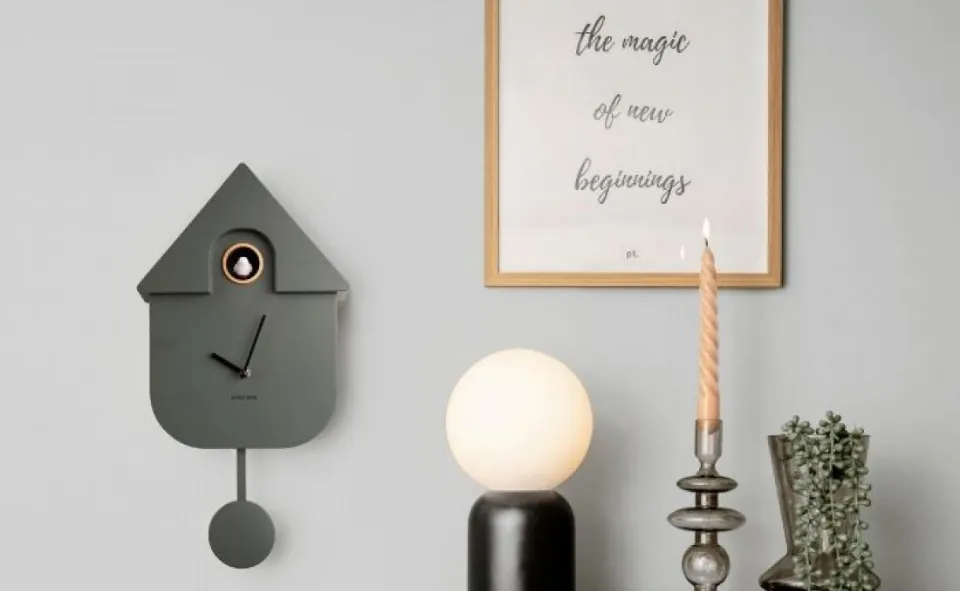Our Location
304 North Cardinal St.
Dorchester Center, MA 02124

Proper installation and scientific maintenance can fully leverage the performance advantages of rubber floor mats and significantly extend their service life. Although rubber floor mats are known for their durability, improper use can still affect their effectiveness and aesthetics. The following are installation tips and maintenance guidelines recommended by professionals to help you maintain the best condition of rubber floor mats in the long run.
Professional installation methods are the first step in ensuring the performance of rubber floor mats. Before installation, the ground must be thoroughly cleaned to remove all dust and particles. Uneven ground should be leveled first. When measuring the size of the lobby area, it is necessary to reserve space for the opening and closing of the door leaf to avoid the floor mat obstructing the normal use of the door. For large-scale installation, locking and splicing technology can be used to firmly connect multiple rubber floor mats, which is both aesthetically pleasing and can prevent edge warping. Heavy duty rubber floor mats in commercial areas can be fixed with professional glue, but for household use, only anti slip mats or double-sided tape are generally needed to ensure stability.
Seasonal adjustments can optimize the effectiveness of rubber floor mats. In rainy seasons, an absorbent rubber mat can be added outside the door as a supplement, specifically designed to handle slippery shoe soles. In cold regions during winter, thick rubber mats or insulation layers can be installed under the mats to prevent cold air from being transmitted from the ground. During high temperatures in summer, if the rubber floor mat is exposed to sunlight for a long time, it is recommended to use a sunshade mat or regularly spray water to cool down and prevent deformation caused by high temperatures. Although this seasonal adjustment is a small detail, it can significantly improve the user experience.
The daily cleaning process is the key to maintaining the effectiveness of rubber floor mats. Basic cleaning only requires regular vacuuming or using a hard bristled brush to remove surface particles. For ordinary stains, the combination of warm water and neutral detergent is effective enough – gently scrub with a soft bristled brush and rinse with water. Stubborn stains such as oil stains can be cleaned with specialized rubber cleaners or diluted dishwashing detergent, but strong acid and alkali cleaners should be avoided to prevent corrosion of the rubber material. After cleaning, it should be naturally dried to avoid exposure to sunlight or high temperature drying, in order to prevent accelerated aging.
Deep maintenance techniques can handle various special situations. When there is an indentation on the local cushion, the “ice repair method” can be used: place ice cubes in the depression for 4-6 hours, wait for the rubber to shrink and return to its original state, and gently scrape it flat. For surface hardening caused by long-term use, rubber protectants can be regularly used for maintenance to restore elasticity. If the edge of the floor mat is warped, it can be flattened with a heavy object for 24 hours, or flattened and corrected after low-temperature heating with a hair dryer. For the high-intensity use of rubber floor mats in commercial places, it is recommended to conduct professional deep cleaning and UV resistant treatment every six months to significantly extend the outdoor service life.
Storage precautions apply to floor mats that are replaced seasonally. Before storing rubber floor mats during seasonal changes, they should be thoroughly cleaned and completely dried to avoid moisture and mold growth. When rolled up and stored, it should not be too tight. It is best to maintain a natural bending state to prevent permanent creases. The storage environment should be cool and dry, away from heat sources and direct sunlight, with an ideal temperature of 10-25 ℃. If stored for a long time, ventilation can be carried out every 2-3 months to check for signs of aging. Properly stored rubber floor mats can maintain their performance for many years, achieving true long-term investment value.
Safety hazard investigation is a responsible usage habit. Regularly check the anti slip performance of the rubber floor mat, especially whether the bottom pattern is worn. Observe whether there are cracks or severe deformations on the surface, which may pose a tripping risk. Commercial premises should establish a daily inspection system to record the usage duration and condition of each floor mat, and promptly replace products that have reached their service life. Family users should also develop the habit of conducting a comprehensive monthly inspection of the safety status of the rubber floor mats in the lobby to prevent potential problems.
Environmental protection measures are reflected at the end of the product lifecycle. When rubber floor mats truly reach their service life, environmentally friendly recycling methods should be sought instead of simply discarding them. Many rubber mat manufacturers offer recycling programs to reprocess and reuse old products. Rubber floor mats that are not severely damaged can be creatively transformed into garden step mats, pet mats, etc., to continue their use value. Environmental protection treatment not only reduces the amount of garbage, but also conforms to the green concept of rubber floor mat products, forming a virtuous ecological cycle.